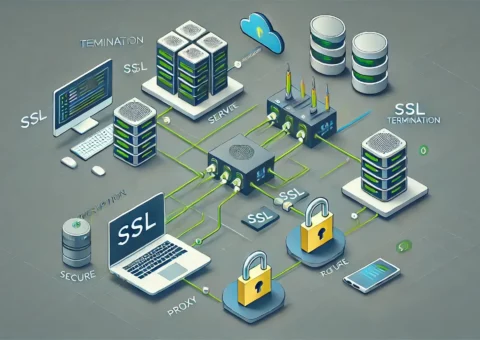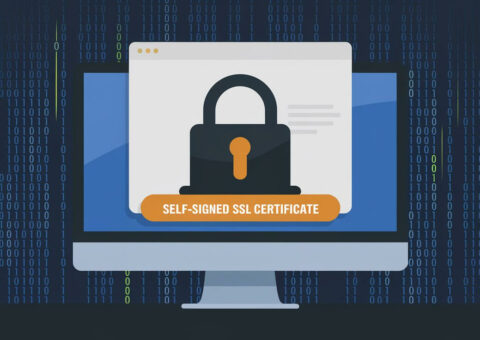The Future of Digital Signatures: The Role of SSL in E-Government Services
The process of paying your taxes, registering your newly bought home, or trying to acquire a government-issued ID is now mostly (or entirely) digital. Governments across the world have been rapidly modernizing and digitizing their services—but while people greatly appreciate the speed and efficiency of digital services compared to traditional methods, many are still concerned […]










